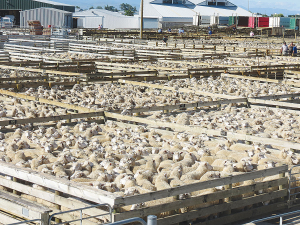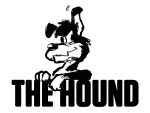Stubbornly high farm input costs, a slow Chinese recovery and a flood of Australian lamb onto the global market are the main factors contributing to the tough times being faced by NZ's sheep farmers.
This is borne out in the latest Beef + Lamb New Zealand (B+LNZ) Mid-Season Update, which confirms that farmers will have to continue to dig deep to stem what looks like widespread cash losses in the sheep and beef sector for the 23/24 financial year.
It says the outlook for the season has worsened significantly since their forecasts in October, because of Chinese and Australian factors, with the latter's exports of red meat bigger than originally forecast.
The report says an excellent lamb crop last spring has meant there are more lambs to sell, but this cannot compensate for lower per head prices and unavoidably high costs. Farm profits, it says, are forecast to be down 54% to an average of $62,600 per farm - a 67% fall in farm profit from the 2021-22 year. This is the lowest profit level since the 1980s and the Global Financial Crisis.
Sam McIvor, B+LNZ chief executive, says farmers are feeling it with many having already worked hard on cutting costs. He adds that all the indications are they're leaving no stone unturned to find additional savings - especially farmers with relatively high debt levels.
"Certain farm classes, such as high country, hard hill country, and South Island hill country, are hardest hit with profitability due to their heavier reliance on sheep revenue. The East Coast region, still recovering from Cyclone Gabrielle and ongoing wet weather setbacks in 2023, is projected to have the lowest regional profitability."
But the report notes that it's not all bad with beef holding up much better, driven by significant demand out of the US as it rebuilds its herd, post-drought. All beef is forecast to average $5.15 per kgCW for the season, which is 2.9% down on last year, but 2% higher than the five-year average.
Demand for lamb in Europe and the US has also been strong and this is expected to continue for the rest of the season.



















